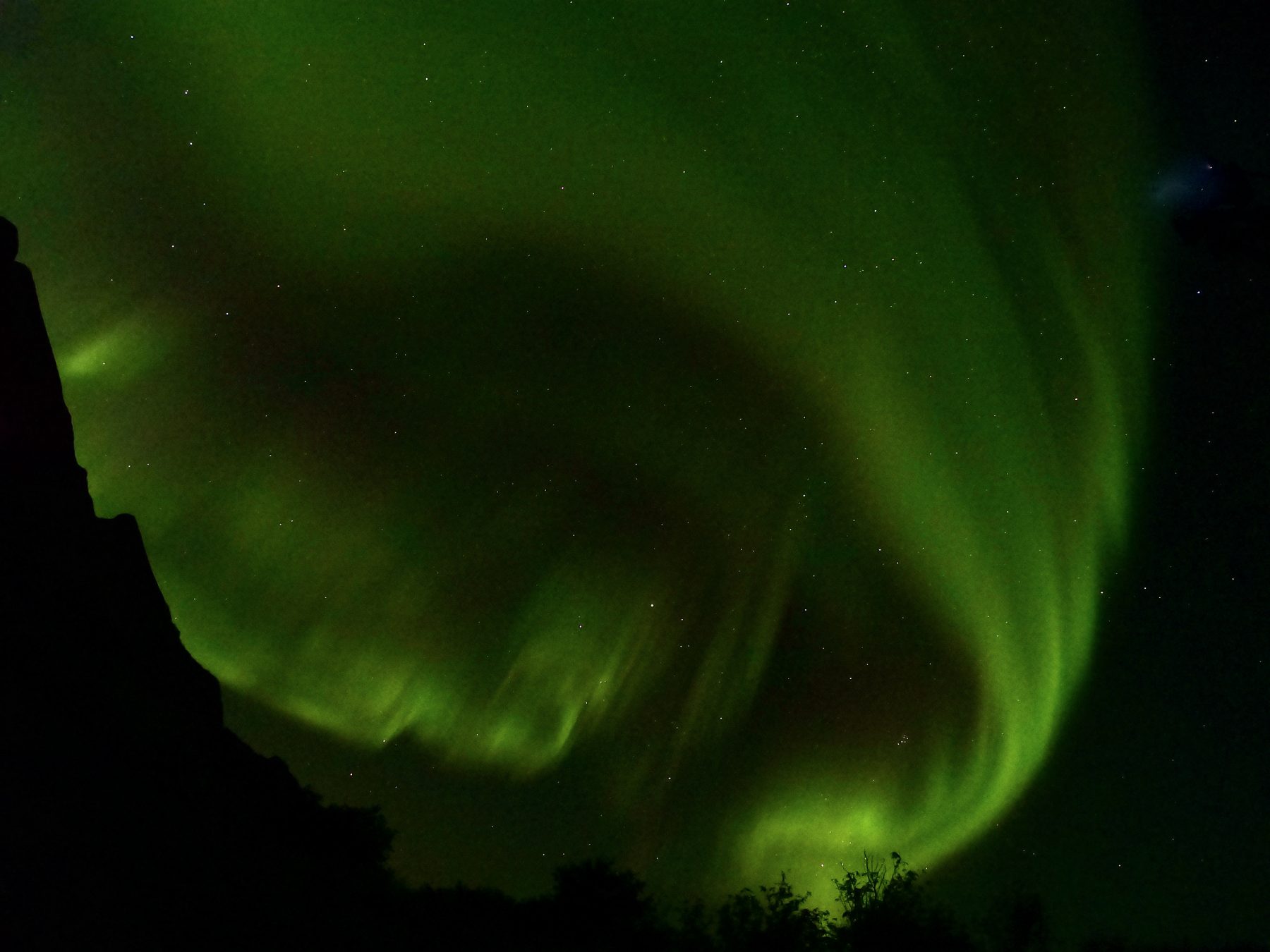
An aurora borealis is the result of a spatial phenomenon relatively well known to the inhabitants who live above the Arctic Circle. If we know the origin of this phenomenon, the color of an aurora borealis still raises questions. Green is generally the starting color for all of the Northern Lights. But with increasing intensity, an aurora borealis or australis will irreparably change color. The main colors of an aurora borealis are green, white, purple, and very rarely red.
The color of an aurora borealis
For those who have forgotten, an Aurora Borealis or Aurora Borealis is a luminous episode that occurs when solar dust comes into contact with the atmosphere. Solar dust is caused by solar explosions, so that is why the Northern Lights are unpredictable. The atmosphere is a huge ball of gas that revolves around the earth and whose function is to prevent any intrusion by any extraterrestrial material.
Green, one of the basic colors of an aurora borealis
When the Aurora Borealis forms, the first color visible to the naked eye is green. It is usually a very faint fluorescent green that begins to settle in the atmosphere. Concretely, the solar explosion dust comes into contact with the upper layers of the atmosphere and this friction will create a green color. The more intense the solar dust flow, the more vivid the green color will be. This phenomenon occurs at a height of about 300 kilometers, an altitude where mainly nitrogen is found. For information, this gas occupies more or less 80% of the atmosphere (source Universalis encyclopedia).
The other colors of an aurora borealis
Depending on the intensity of the aurora borealis, it will be able to penetrate deeper into the atmosphere. As the solar dust penetrates the gaseous envelope of the earth, the color will change. When the flow of dust reaches an altitude between 100 and 300 kilometers, it will change color because this flow will meet new kinds of gas. This will undoubtedly cause the appearance of new colors.
Red, purple, and white
It is often said that the color of an Aurora Borealis or Aurora Borealis depends on the molecules it encounters. This is partly true. But the real bias is the intensity of the flow. If the power of the dust flow is not strong enough, it will not be able to cause friction intense enough to be visible and it will not be able to sink into the atmosphere to meet different gases. The basis for the formation of the Aurora Borealis is quite simply the power of the solar explosion. Because it is this which will determine the strength of the flow of dust that will create an activity intense enough to be visible.